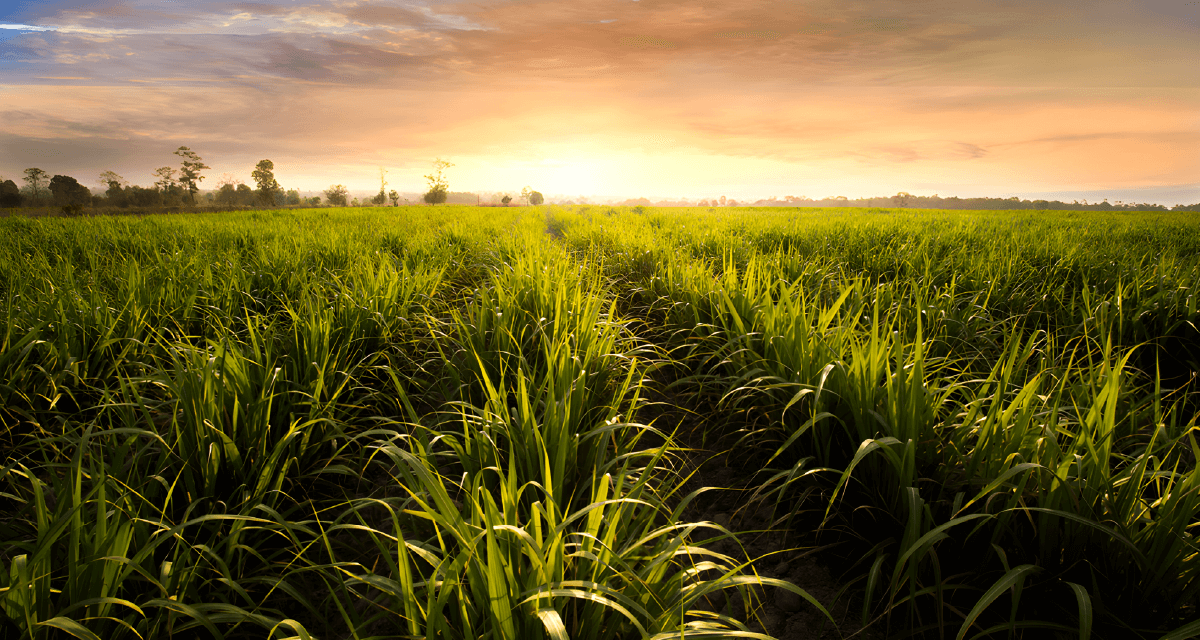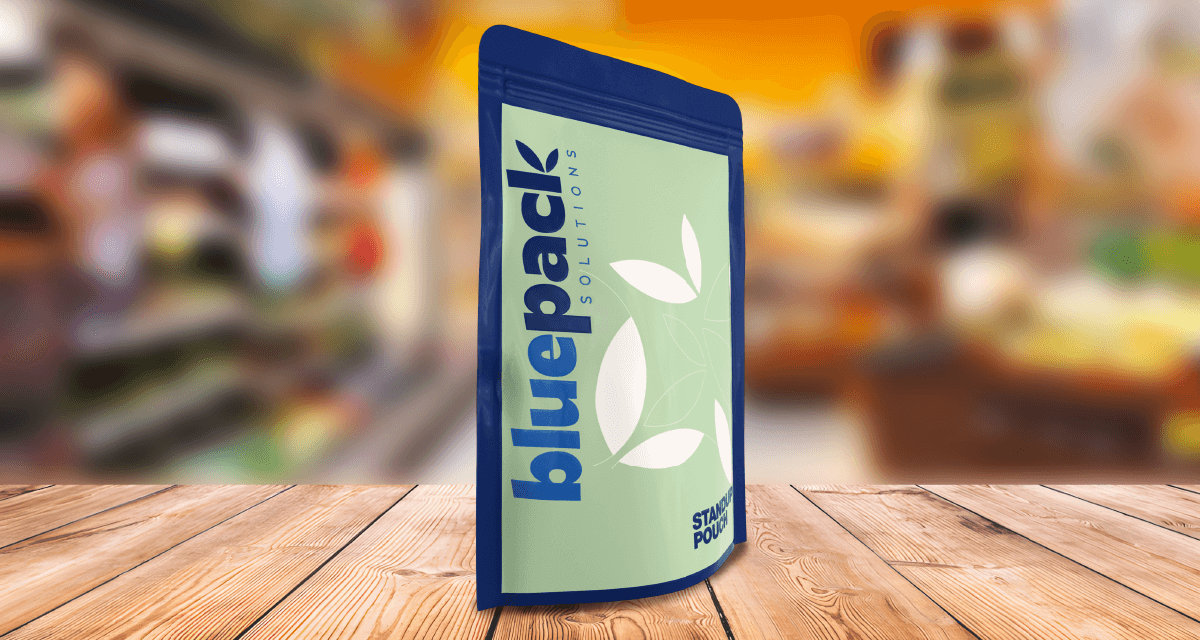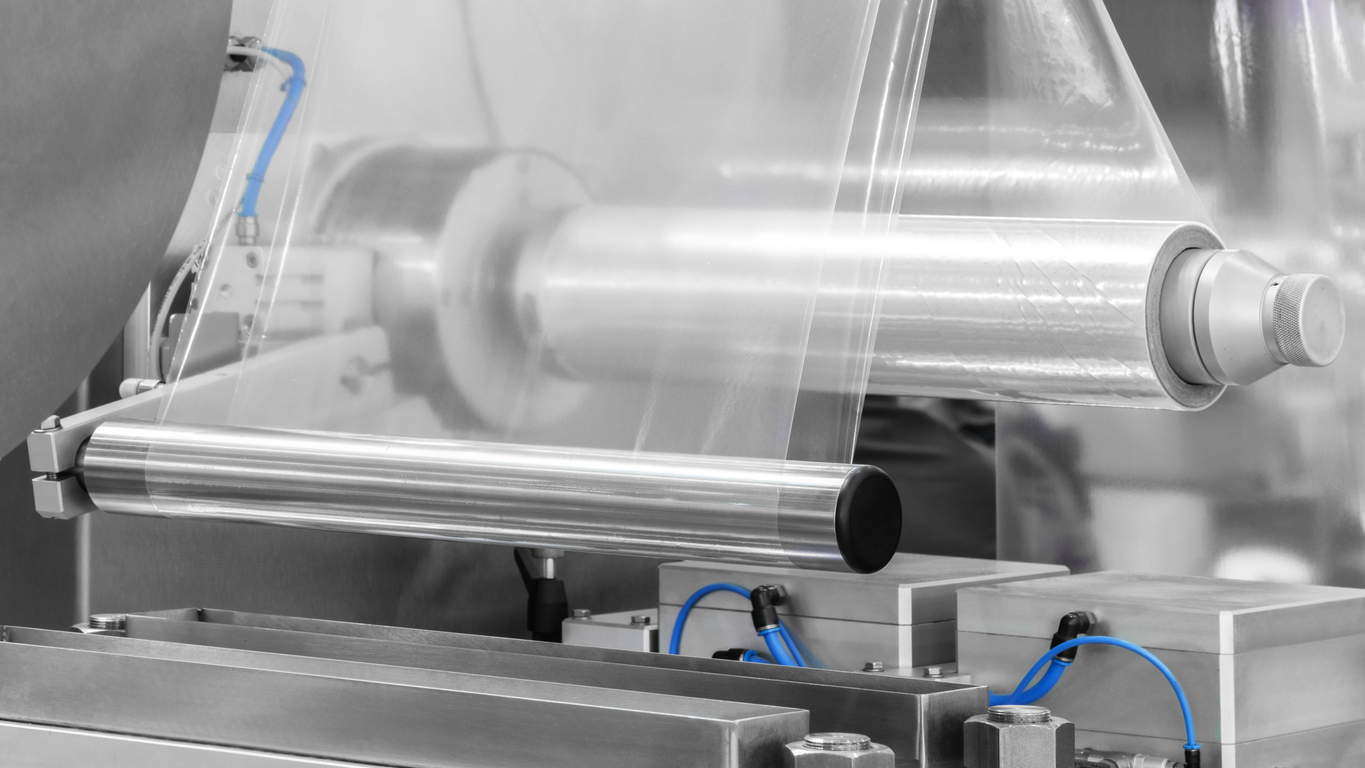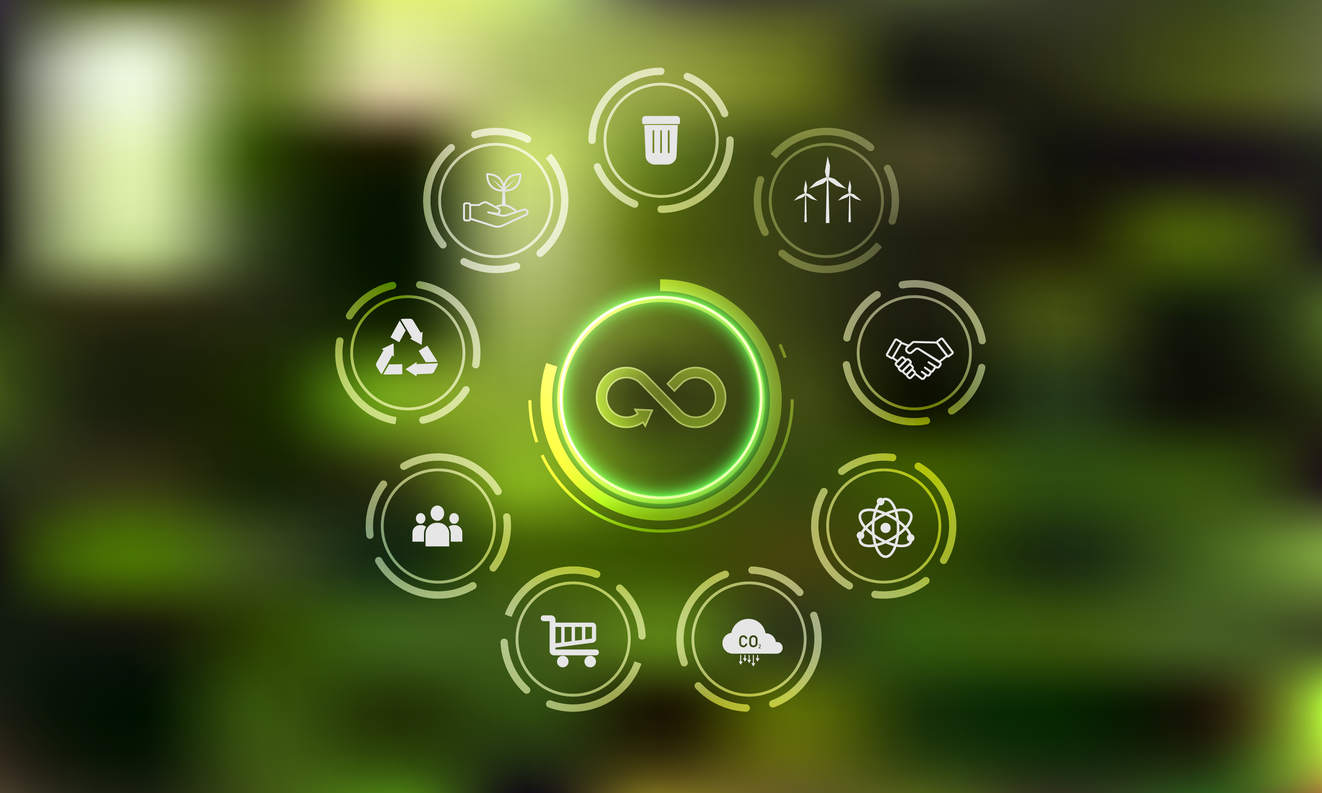Recyclable retortable pouches represent a new generation of flexible packaging…

Green Resins on Packaging
The demand for sustainable packaging—whether recyclable, biodegradable, compostable, or otherwise—has grown significantly in recent years.
This is largely driven by the emergence of a younger demographic (Millennials and Gen Z) whose consumption habits across categories like food, beauty, petfood, and household products are deeply rooted in environmentally responsible practices.
From the responsible use of farmland and the avoidance of pesticides and crop enhancers, to fair compensation for agricultural producers—sustainability has become a core expectation. And the packaging industry is no exception.
Traditional synthetic resins and materials are increasingly being replaced by lighter, simpler structures designed to minimize environmental persistence.
Another important aspect is the origin of the packaging material itself. Natural-based resins derived from sources like sugarcane, corn, avocado, and algae are becoming viable alternatives to petroleum-based resins, thanks to ongoing research, development, and successful industrial testing.
The equation is simple: replace non-renewable resources with sustainable ones.
In fact, regulations in various parts of the world are already establishing clear timelines for this transition.
We are rapidly moving toward a future where heavy, multilayer packaging structures will no longer be acceptable for mass-market products. The planet simply can’t bear it any longer.
At Blue Pack Solutions, we’ve partnered with our suppliers to develop green resins derived from sugarcane—offering immediate benefits:
- As it grows, sugarcane absorbs CO₂ from the atmosphere.
- The molasses from sugarcane is fermented to produce ethanol, which is then dehydrated to produce ethylene. This ethylene is polymerized into polyethylene—a recyclable material by definition.
- The production, usage, and recycling processes of Green Polyethylene are the same as those used for petroleum-based polyethylene.



